This house is raised on concrete pilotis above the Galician landscape
Hórreo House in the Galician town of Vilalba was designed by Javier Sanjurjo with studio Ameneiros Rey, showcasing refreshing simplicity and raised on concrete pilotis
Héctor Santos-Díez - Photography

Berlin-based architect Javier Sanjurjo has completed the Hórreo House in the Galician town of Vilalba. Working in collaboration with Spanish studio Ameneiros Rey, Sanjurjo’s design is for a modest family villa of stark and admirable simplicity. Vilalba is the architect’s hometown, and the brief was for a house for his own parents, so he knew how to make the most of the chosen plot. Overlooked by local developers, the site steps down steeply away from the road, making a conventional building unattractive. For Sanjurjo, the contours offered a perfect combination of views and privacy – which he made the most of, raising the home in elegant concrete pilotis.
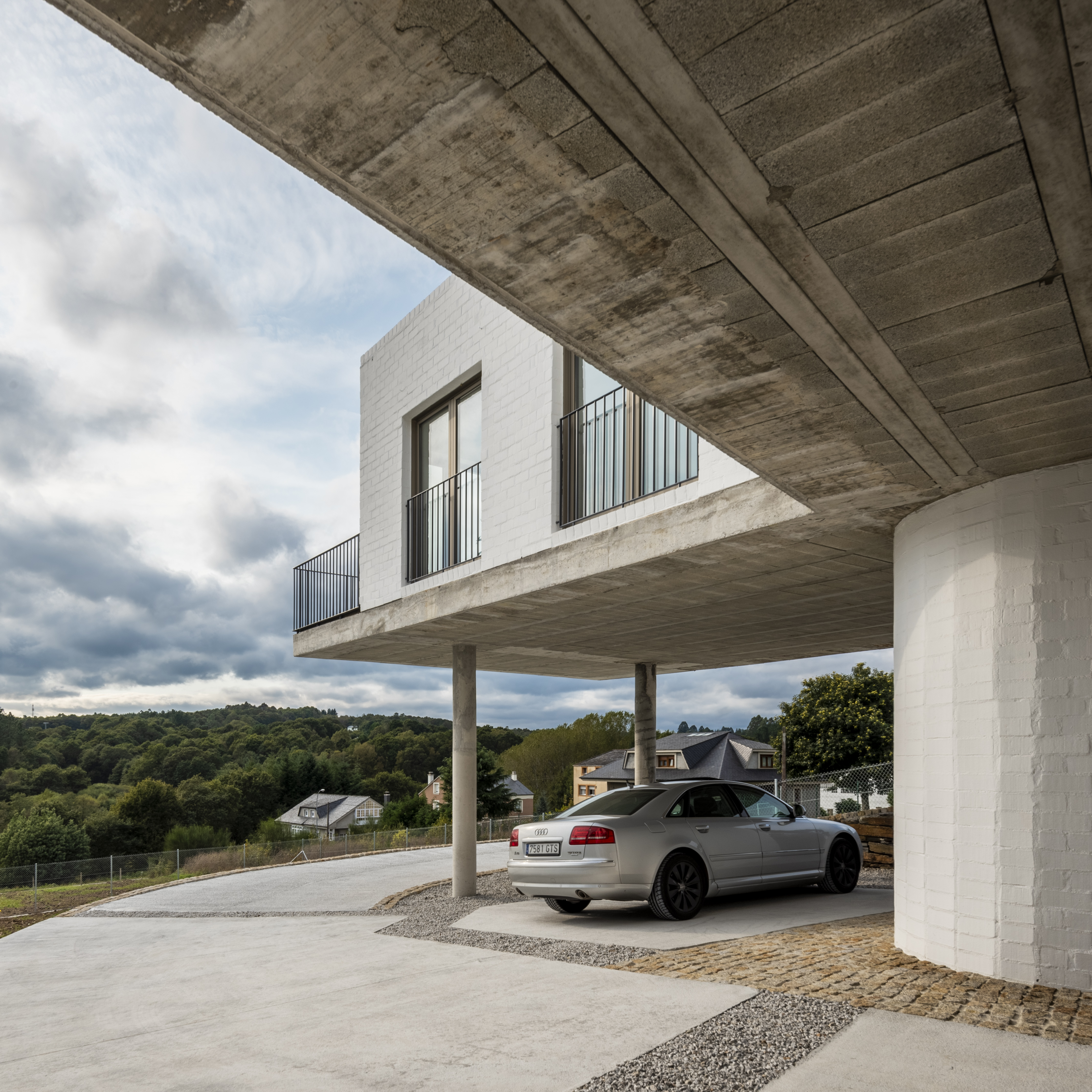
As a result, the L-shaped house stands tall, while nestled into the top of the hillside. The main floor slab is left raw and unadorned, while the only accessible room on this ground level is a utility and storage area. Vehicle access is via a winding new road that loops down around the house before terminating in two parking spaces. The main entrance is across a new bridge from the main road, while a staircase leads up from the ground floor into the single storey living space.
One crucial element for Sanjurjo’s family was wheelchair accessibility, and the new elevated structure allows the living space to be on a single level. Another source of inspiration is a traditional local agricultural building, the hórreo, or granary, which was lifted up above the ground on columns to protect the crop from animals.
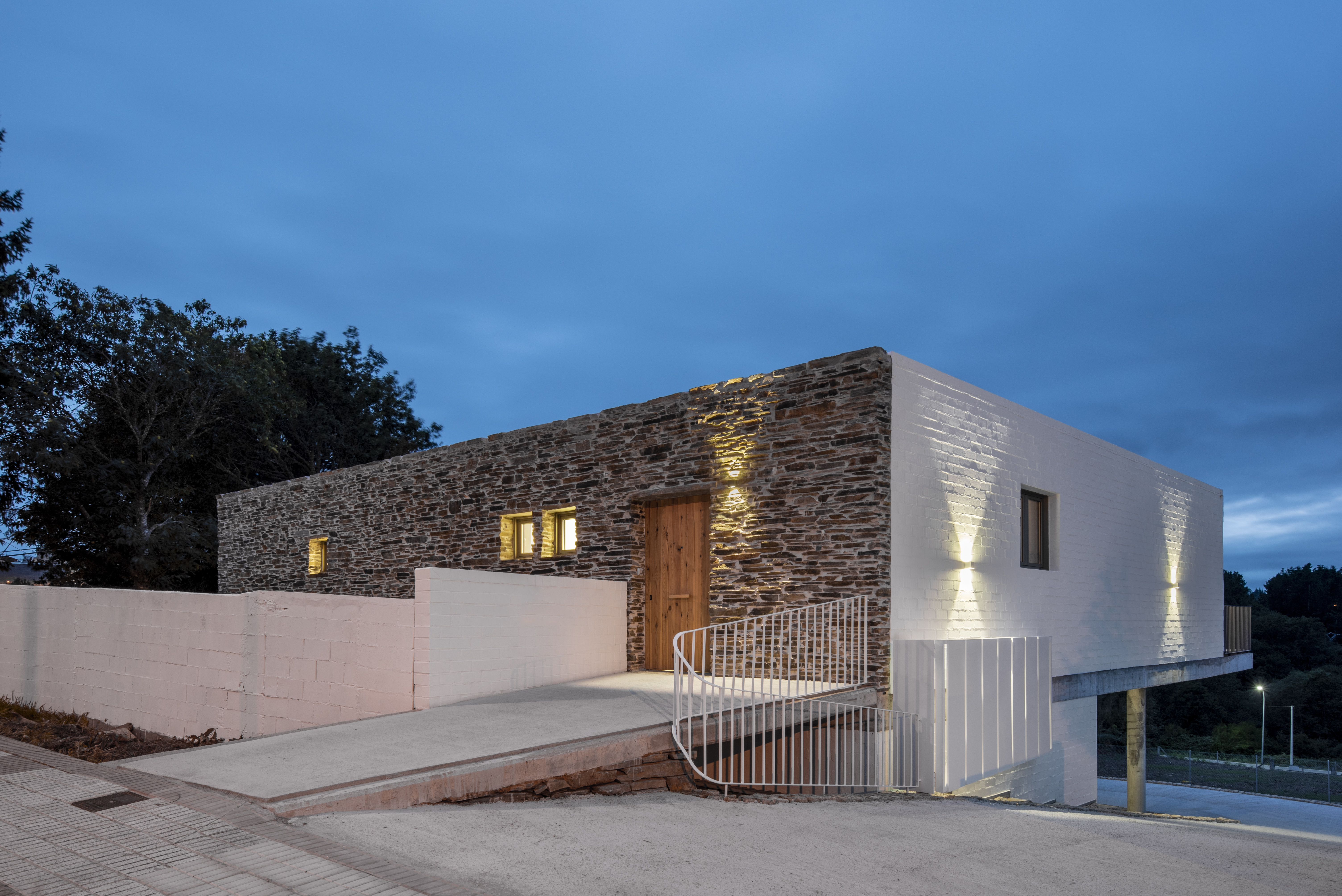
At just over 200 sq m, the house is designed into two wings, day and night. All the main rooms have south-west facing views across the countryside beyond, with a west-facing balcony accessible from the sitting room. There are bedrooms, a galley-style kitchen, and an open-plan living area. Internal finishes are white painted brick and blockwork, with a polished concrete floor and local timber window reveals and skirting, all simple building materials that reflect the local vernacular.
The terrace, which cantilevers out over the plot, offers up the prime views to the forest and river beyond. ‘I wanted to have the feeling that we are floating above the trees,’ says Sanjurjo.
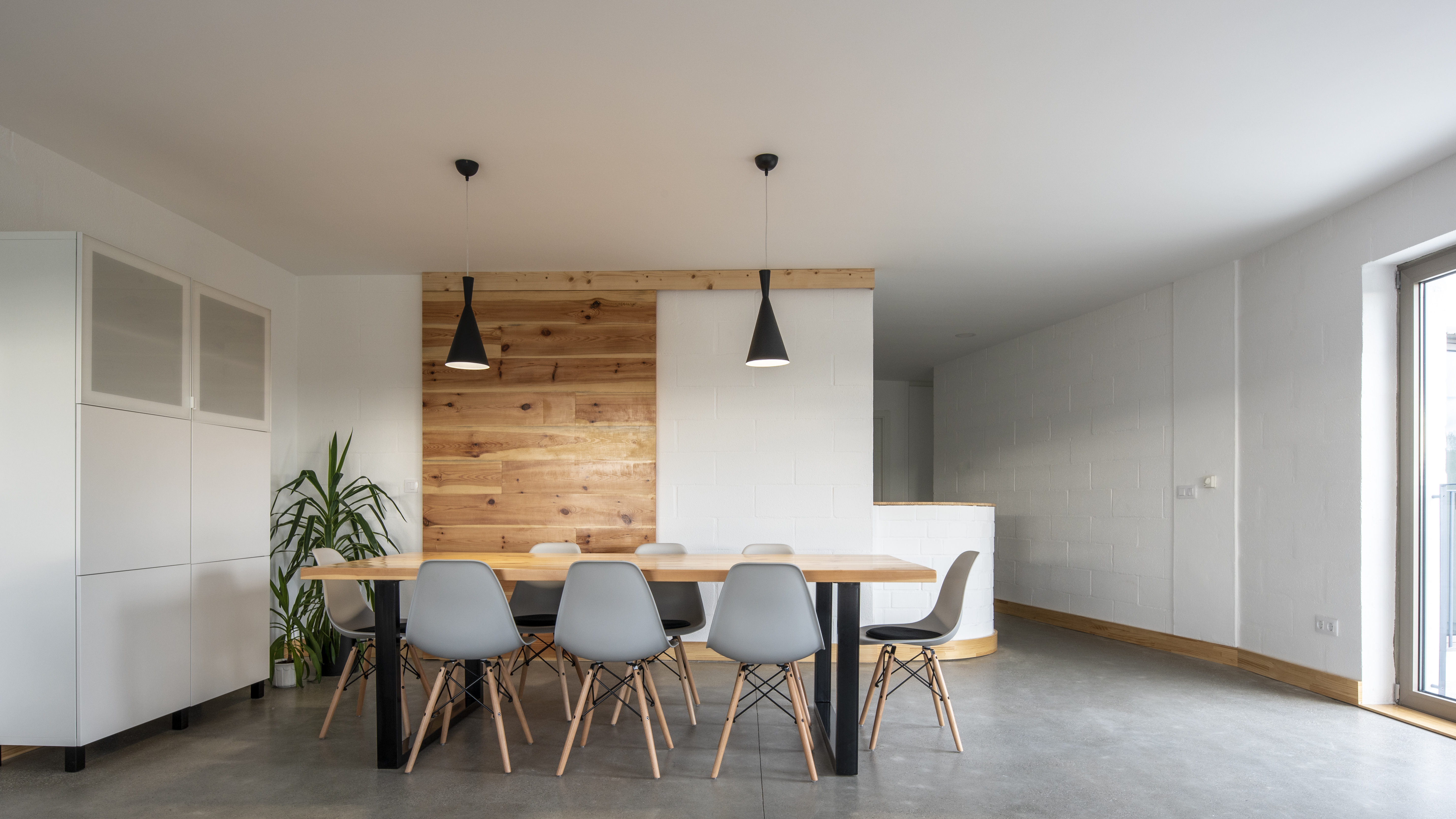
The architect describes the house as ‘an exercise in sufficiency over excess’. The street façade is finished in local natural stones as a way of shielding the house from the street, while the garden side is white painted brick. The combination of low-cost building materials, functional detailing, and a commitment to simplicity and modesty have resulted in a house that enhances its site and provides a quietly spectacular place to live.
‘The design truly brings the outside in,’ Sanjurjo says. ‘It’s as if you’re looking at paintings that transform throughout the seasons.’
Receive our daily digest of inspiration, escapism and design stories from around the world direct to your inbox.

INFORMATION
javiersanjurjo.com
ameneirosrey.com
Jonathan Bell has written for Wallpaper* magazine since 1999, covering everything from architecture and transport design to books, tech and graphic design. He is now the magazine’s Transport and Technology Editor. Jonathan has written and edited 15 books, including Concept Car Design, 21st Century House, and The New Modern House. He is also the host of Wallpaper’s first podcast.
-
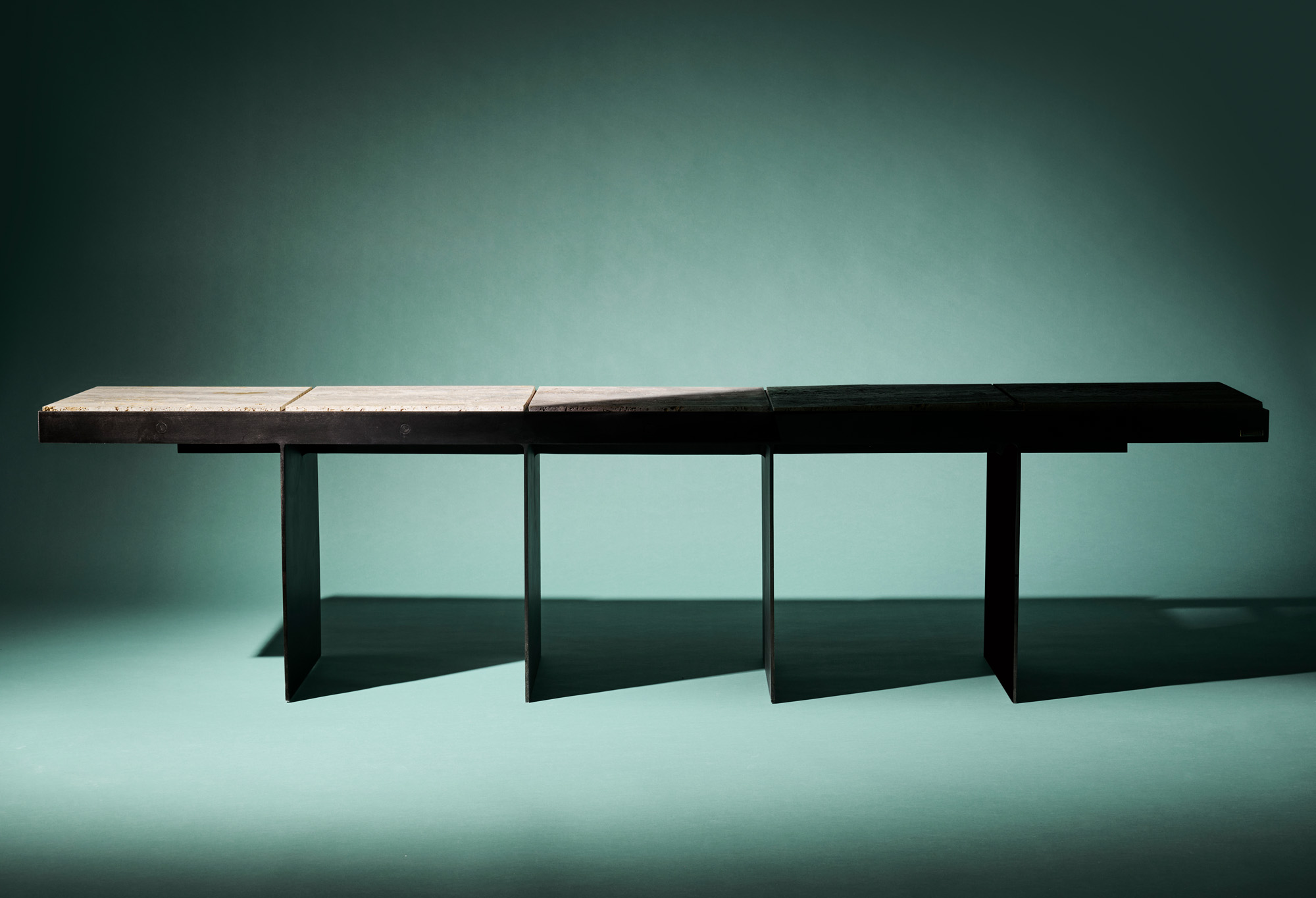 A resort, ravioli and a rocket are just a few of the ongoing projects from British-Indian designer Armaan Bansal
A resort, ravioli and a rocket are just a few of the ongoing projects from British-Indian designer Armaan BansalWallpaper* Future Icons: Anda Ba studio founder Armaan Bansal draws inspiration from India's natural materials and contemporary London culture
-
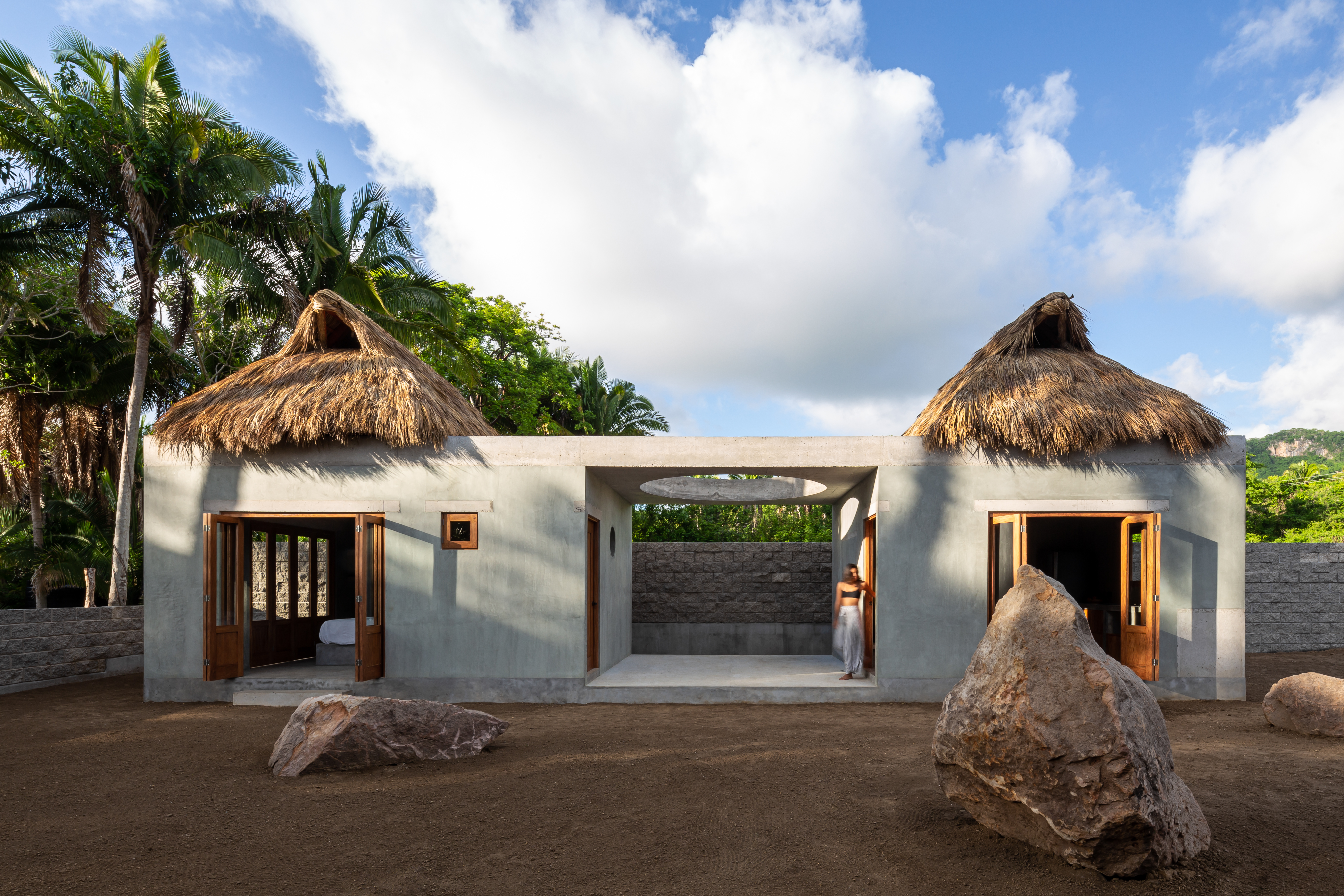 Mexico's Palma stays curious - from sleepy Sayulita to bustling Mexico City
Mexico's Palma stays curious - from sleepy Sayulita to bustling Mexico CityPalma's projects grow from a dialogue sparked by the shared curiosity of its founders, Ilse Cárdenas, Regina de Hoyos and Diego Escamilla
-
 Everything to look forward to in fashion in 2026, from (even more) debuts to the biggest-ever Met Gala
Everything to look forward to in fashion in 2026, from (even more) debuts to the biggest-ever Met GalaWallpaper* looks forward to the next 12 months in fashion, which will see the dust begin to settle after a year of seismic change in 2025
-
 In the heart of Basque Country, Bjarke Ingels unveils a striking modular building devoted to culinary research
In the heart of Basque Country, Bjarke Ingels unveils a striking modular building devoted to culinary researchSee what the architect cooked up for the Basque Culinary Center in San Sebastián, Spain
-
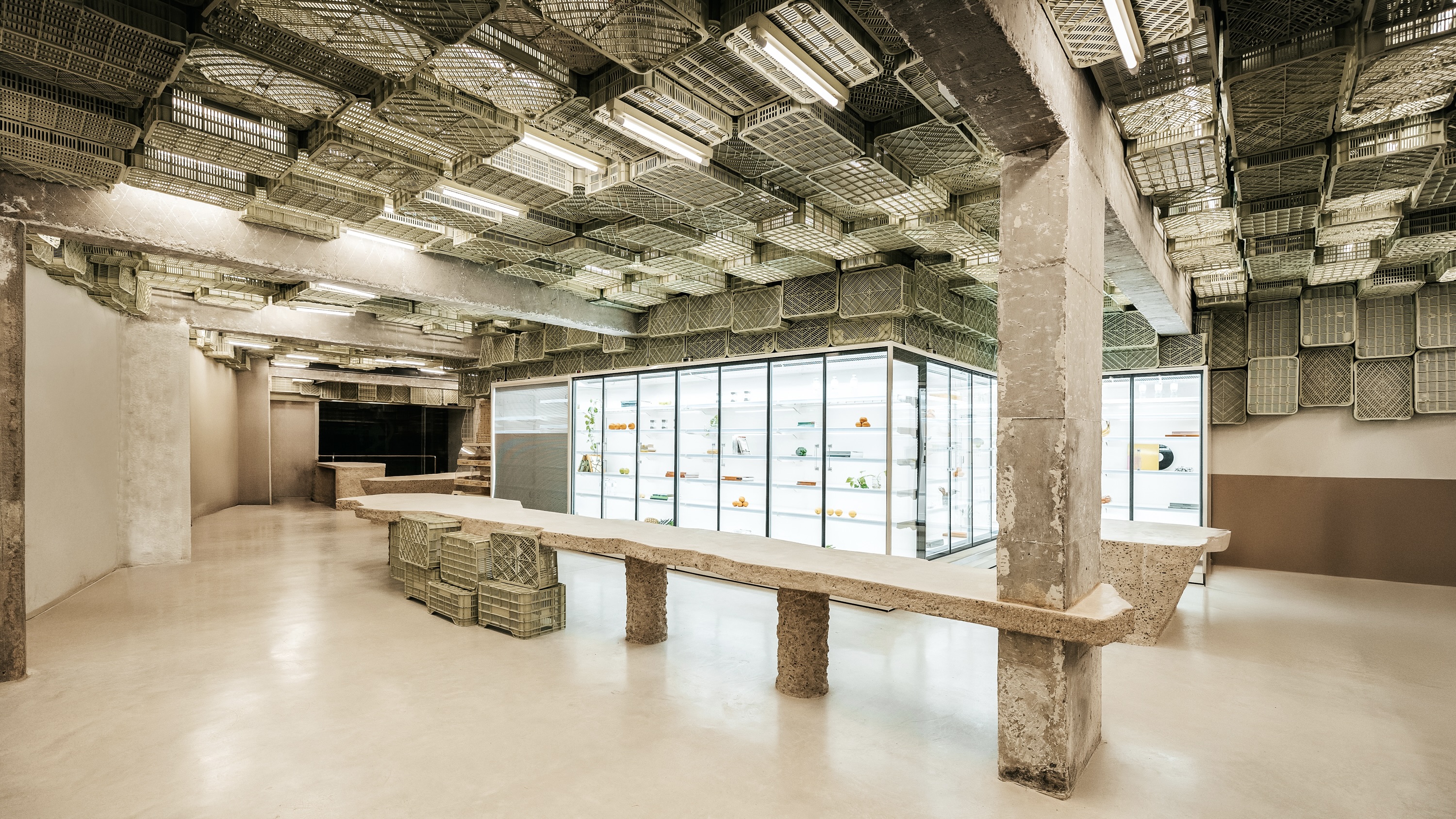 Spice up the weekly shop at Mallorca’s brutalist supermarket
Spice up the weekly shop at Mallorca’s brutalist supermarketIn this brutalist supermarket, through the use of raw concrete, monolithic forms and modular elements, designer Minimal Studio hints at a critique of consumer culture
-
 A Spanish house designed to ‘provide not just shelter, but a tangible, physical experience’
A Spanish house designed to ‘provide not just shelter, but a tangible, physical experience’A Spanish house outside Tarragona creates a tangible framework for the everyday life of a couple working flexibly in the digital world
-
 Meet Ferdinand Fillod, a forgotten pioneer of prefabricated architecture
Meet Ferdinand Fillod, a forgotten pioneer of prefabricated architectureHis clever flat-pack structures were 'a little like Ikea before its time.'
-
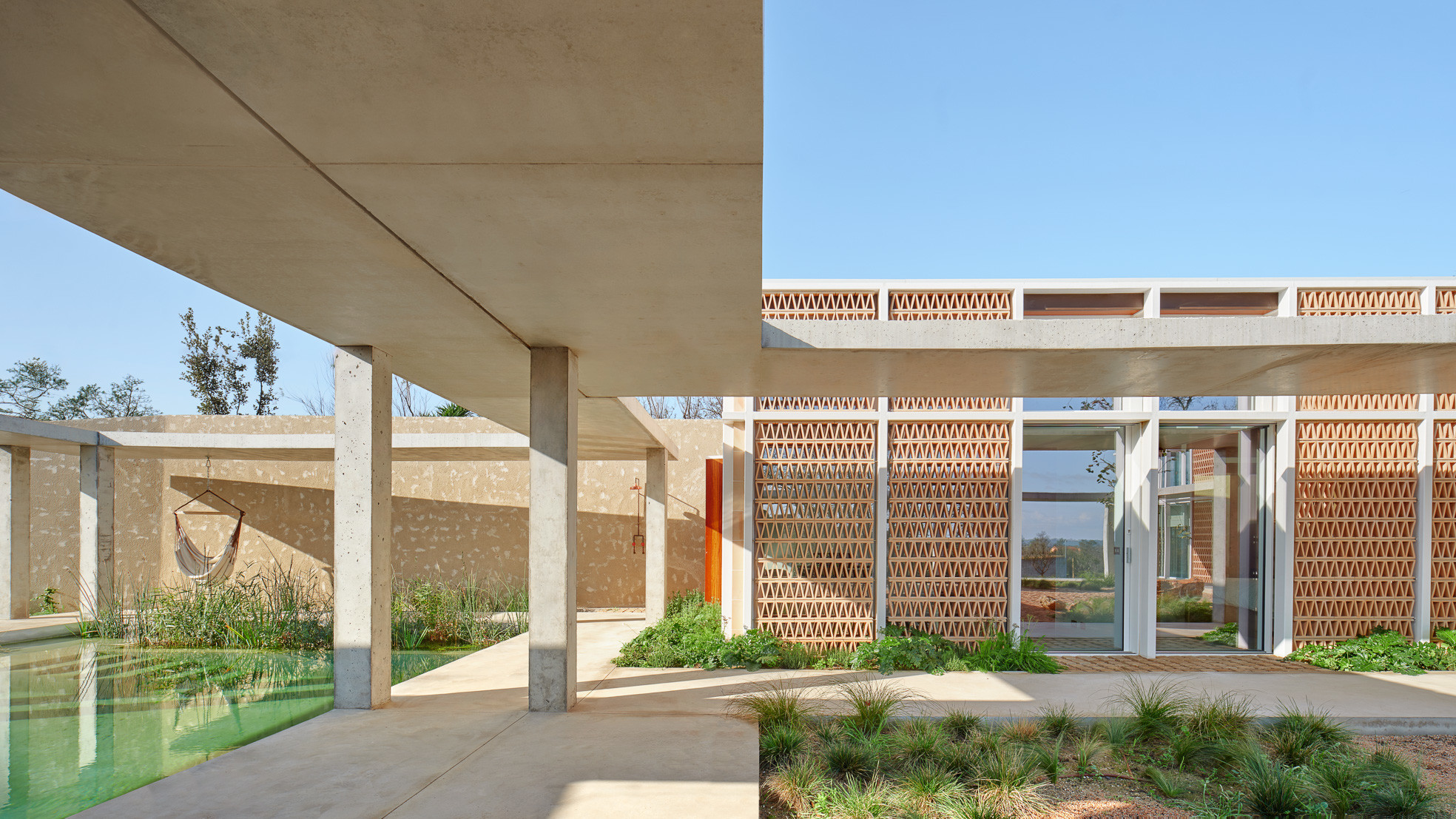 A courtyard house in northern Spain plays with classical influences and modernist forms
A courtyard house in northern Spain plays with classical influences and modernist formsA new courtyard house, Casa Tres Patis by Twobo Arquitectura, is a private complex that combines rich materiality and intriguing spatial alignments
-
 In Santander, a cotton candy-coloured HQ is a contemporary delight
In Santander, a cotton candy-coloured HQ is a contemporary delightSantander’s Colección ES Headquarters, a multifunctional space for art, office work, and hosting, underwent a refurbishment by Carbajo Hermanos, drawing inspiration from both travels and local context
-
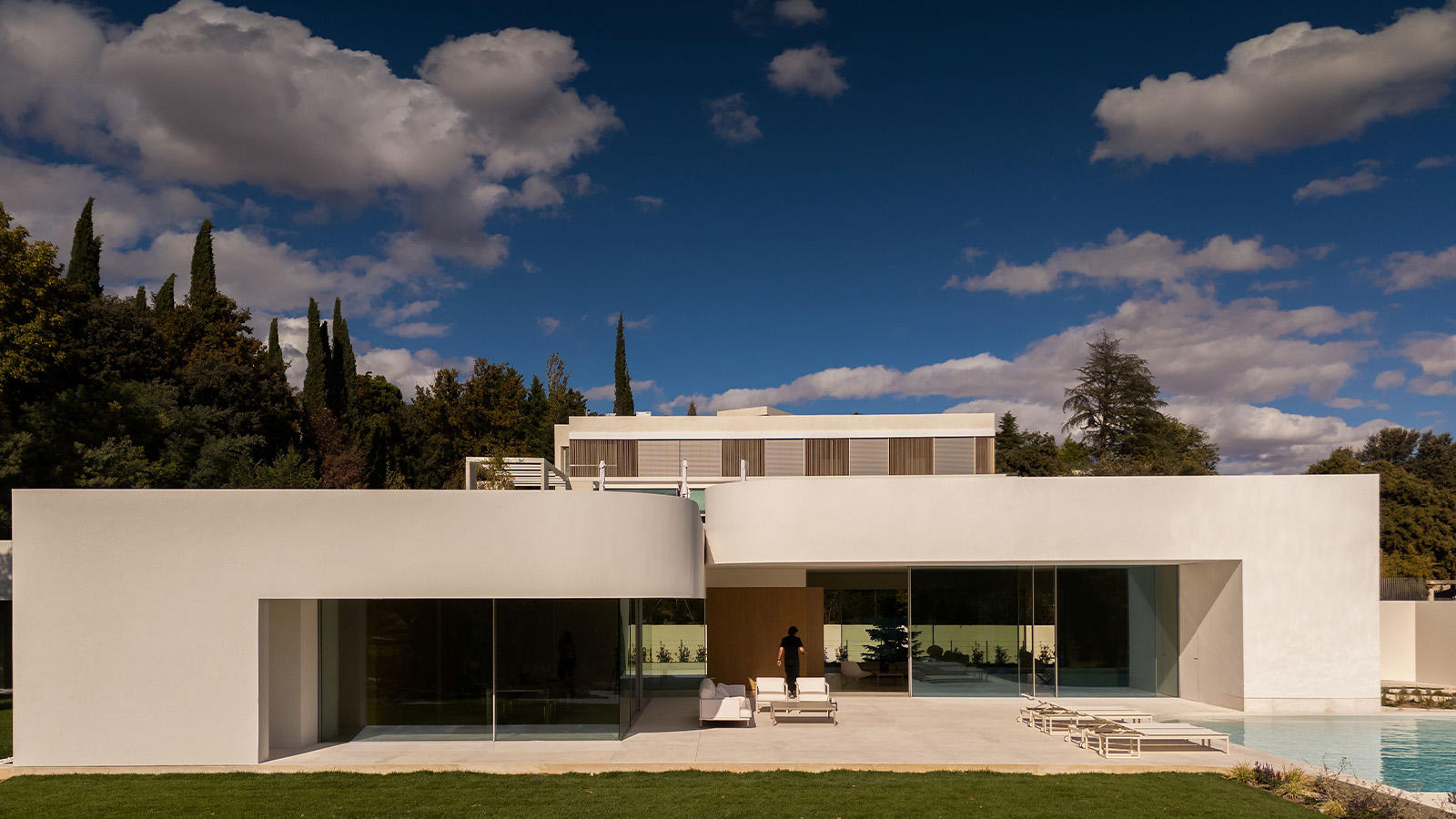 This Madrid villa’s sculptural details add to its serene appeal
This Madrid villa’s sculptural details add to its serene appealVilla 18 by Fran Silvestre Architects, one of a trilogy of new homes in La Moraleja, plays with geometry and curves – take a tour
-
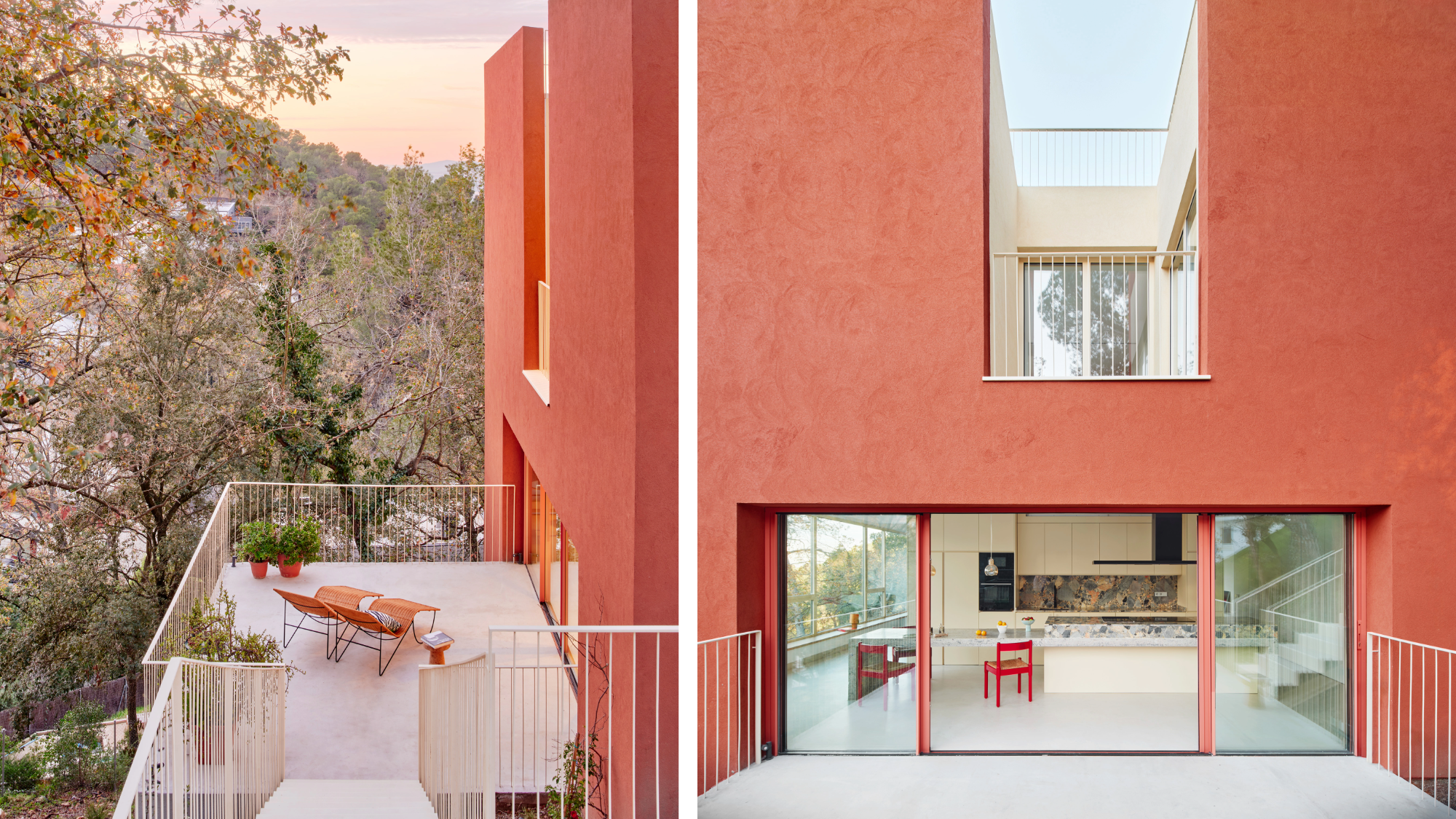 This striking Spanish house makes the most of a tricky plot in a good area
This striking Spanish house makes the most of a tricky plot in a good areaA Spanish house perched on a steep slope in the leafy suburbs of Barcelona, Raúl Sánchez Architects’ Casa Magarola features colourful details, vintage designs and hidden balconies